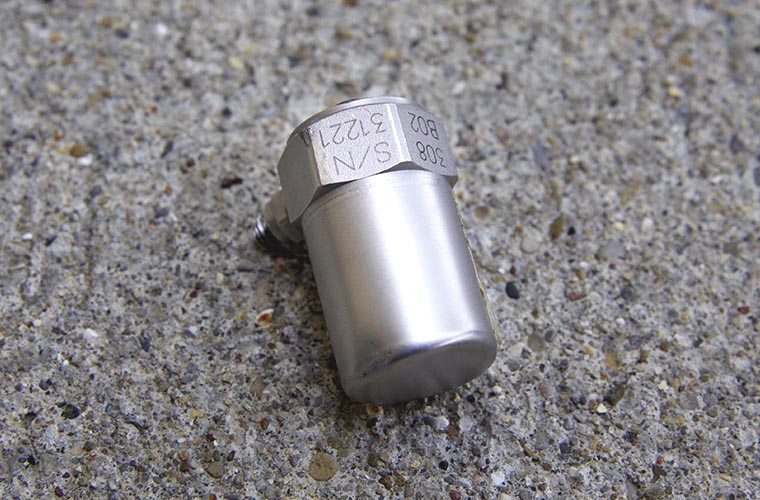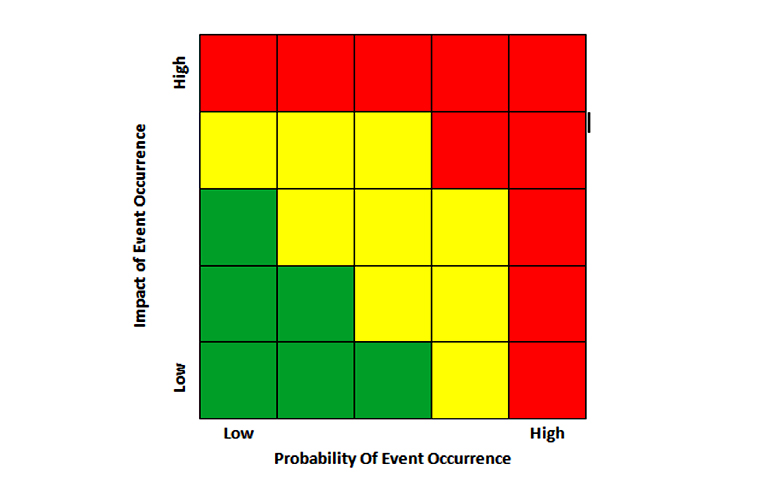Main Menu
- Home
- Product Finder
- Calibration Systems
- Calibration Services
- Digital Sensing
- Industrial Vibration Calibration
- Modal and Vibration Testing
- Non-Destructive Testing
- Sound & Vibration Rental Program
- Learn
- About Us
- Contact Us
 Recently, I was asked the question: “I dropped my accelerometer from a tabletop to a concrete floor. What is the risk of damage?”
Recently, I was asked the question: “I dropped my accelerometer from a tabletop to a concrete floor. What is the risk of damage?”
Since the question was asked in terms of risk, I gave the rather long answer I give here in terms of risk management, rather than a short answer of "high or low."
When we think of risk, we think of it first as risk assessment and then risk management.
Define the Risk
First we define what the hypothetical risk event is: In this case, we will say – “My accelerometer was damaged when it fell from the table, and the damage is such that it will adversely affect the sensing of the data I collect with it.”
Risk Assessment
Risk is assessed in two dimensions: the probability of an event occurring and the impact of the event if it does occur.
Probability of the Risk Event
First we ask – what is the percent probability that the accelerometer was damaged? To answer this absolutely, we would drop an accelerometer from that height many times and calibrate it each time to see if it was damaged. Perhaps it is not too practical to know this absolutely.
 Impact of the Risk Event
Impact of the Risk Event
What we may know better (at least qualitatively, not quantitatively) is the impact on our operations if the accelerometer is damaged in the way we described in the risk event definition. This depends greatly on the next use of the sensor. Will it be used to monitor or test a newly modified product? If monitoring a product, do we rely upon the data to provide human safety? If testing, will the data be used to make design changes that are not easily reversed? These are high-impact situations. A low-impact situation would be if I were to use it for my daughter's 6th grade science project. Often, this risk is plotted visually on a classic ‘5x5’ matrix to visualize it.
Risk Management
Now that the risk event has been defined and evaluated (either quantitatively or qualitatively), we can evaluate our options for managing the risk. Many options are available, but the most obvious option in our case (a damaged accelerometer) is to either calibrate the sensor or ignore the fact that it fell from the table. Calibrating an accelerometer on a modern calibration system can be performed in less than 60 seconds.
This 60-second investment eliminates any of the risk associated with the accelerometer, and is typically considered a small investment when held next to the costs discussed earlier involving safety and high-value test articles.